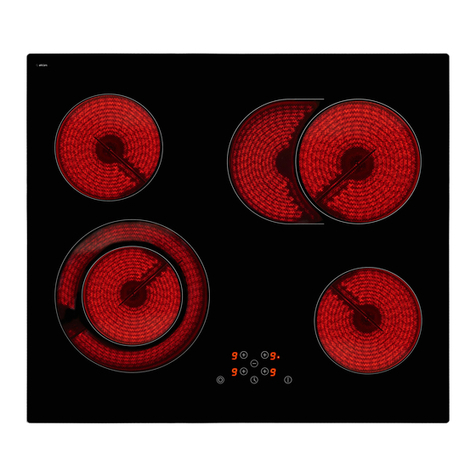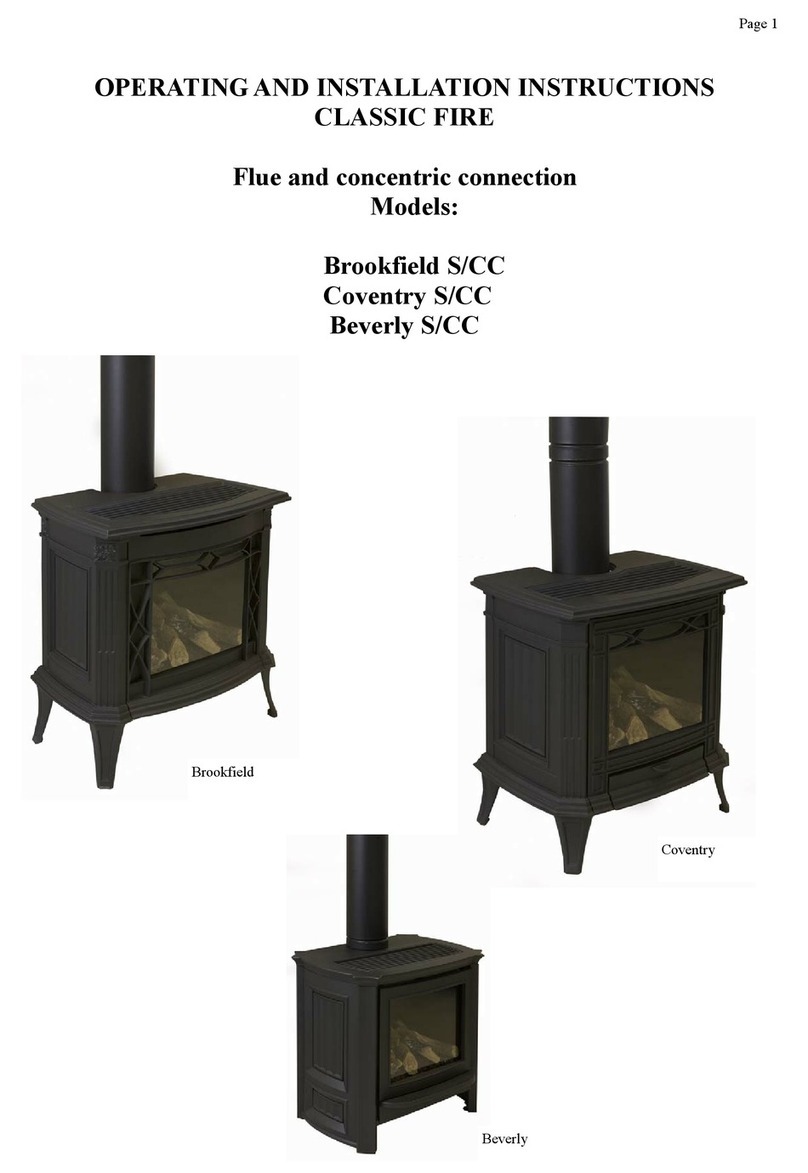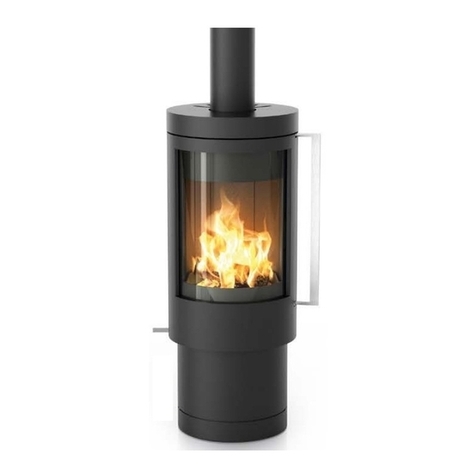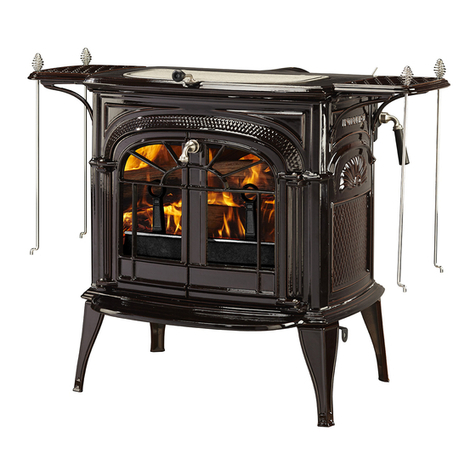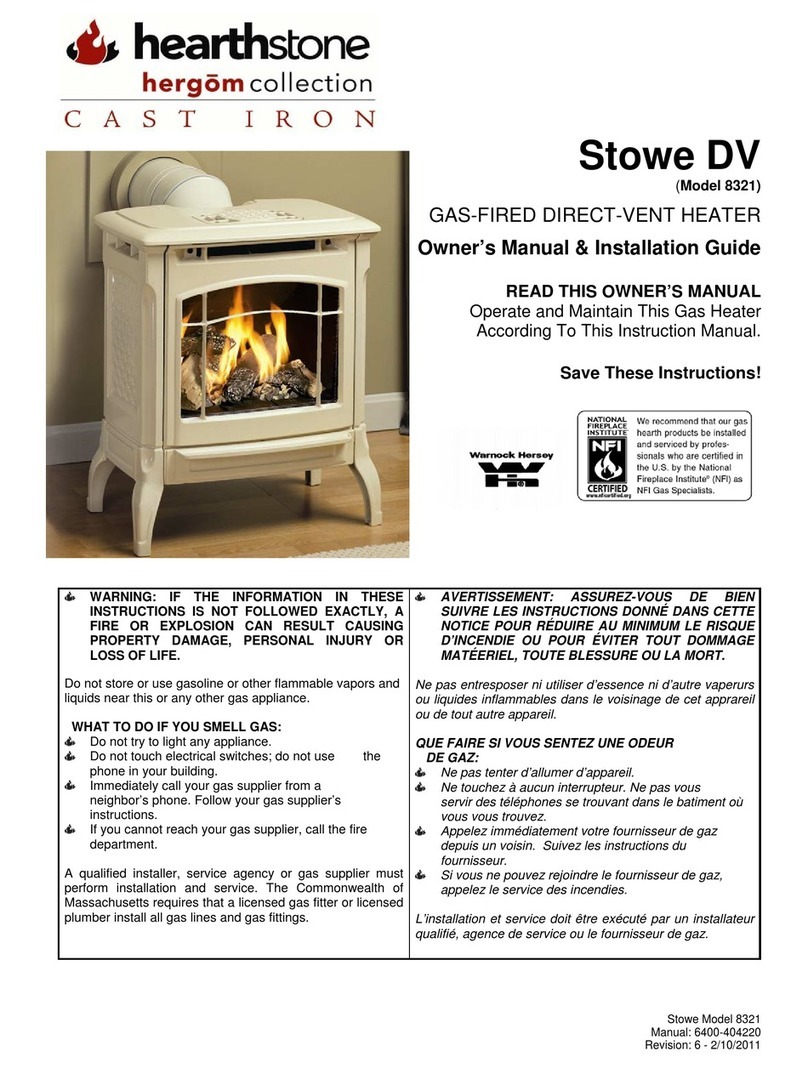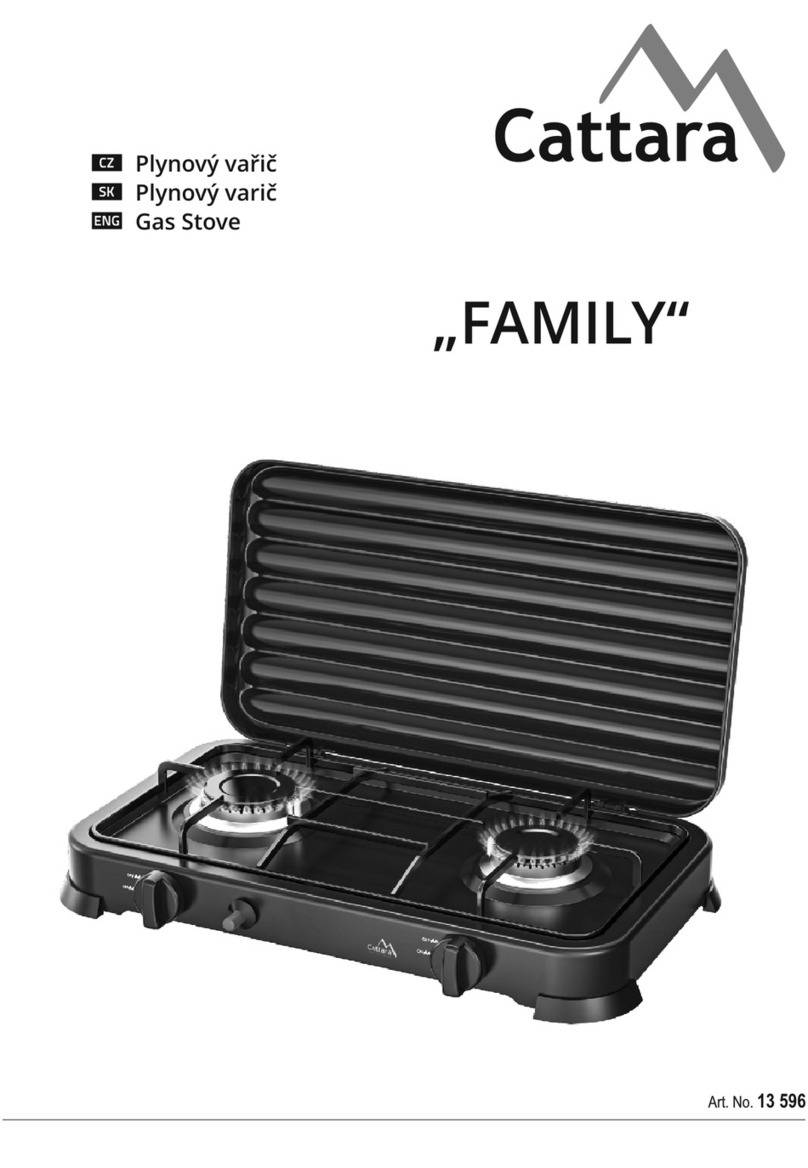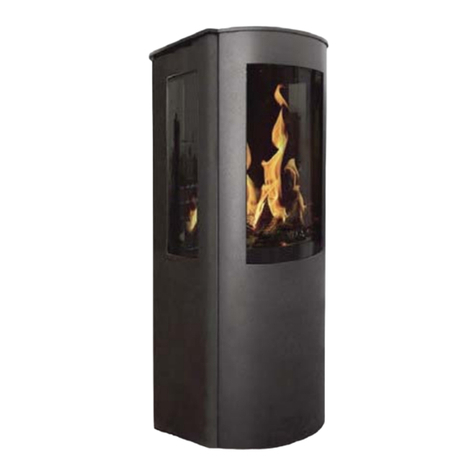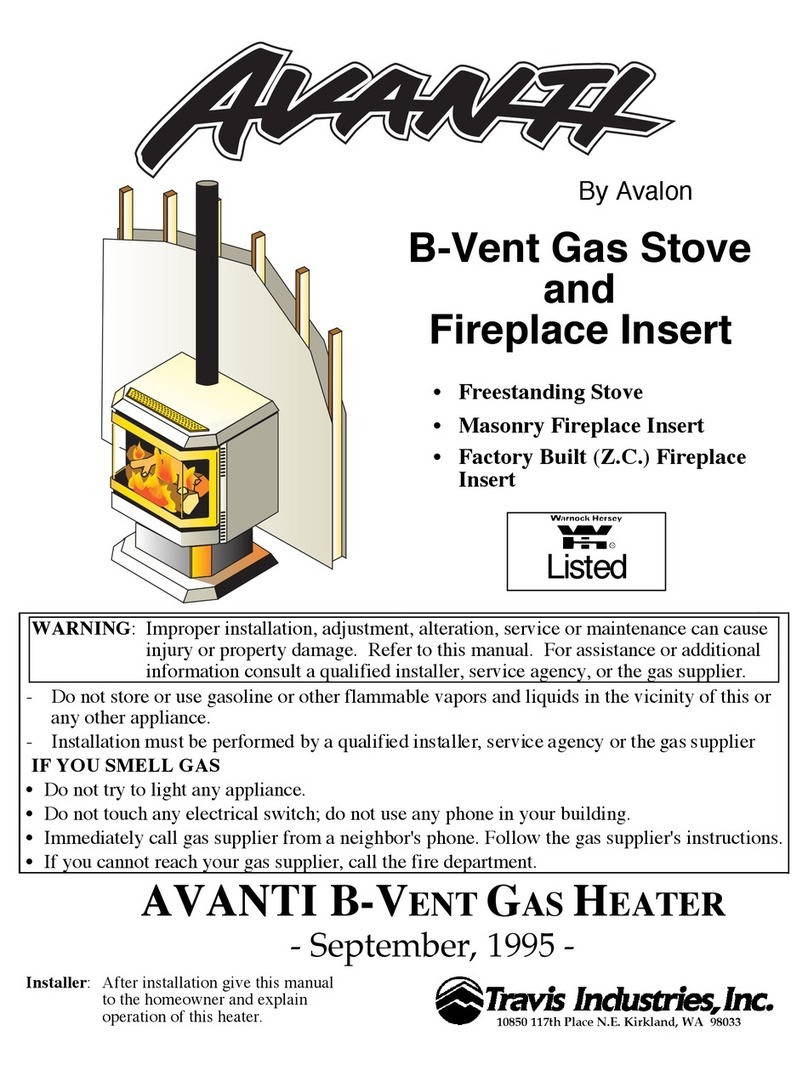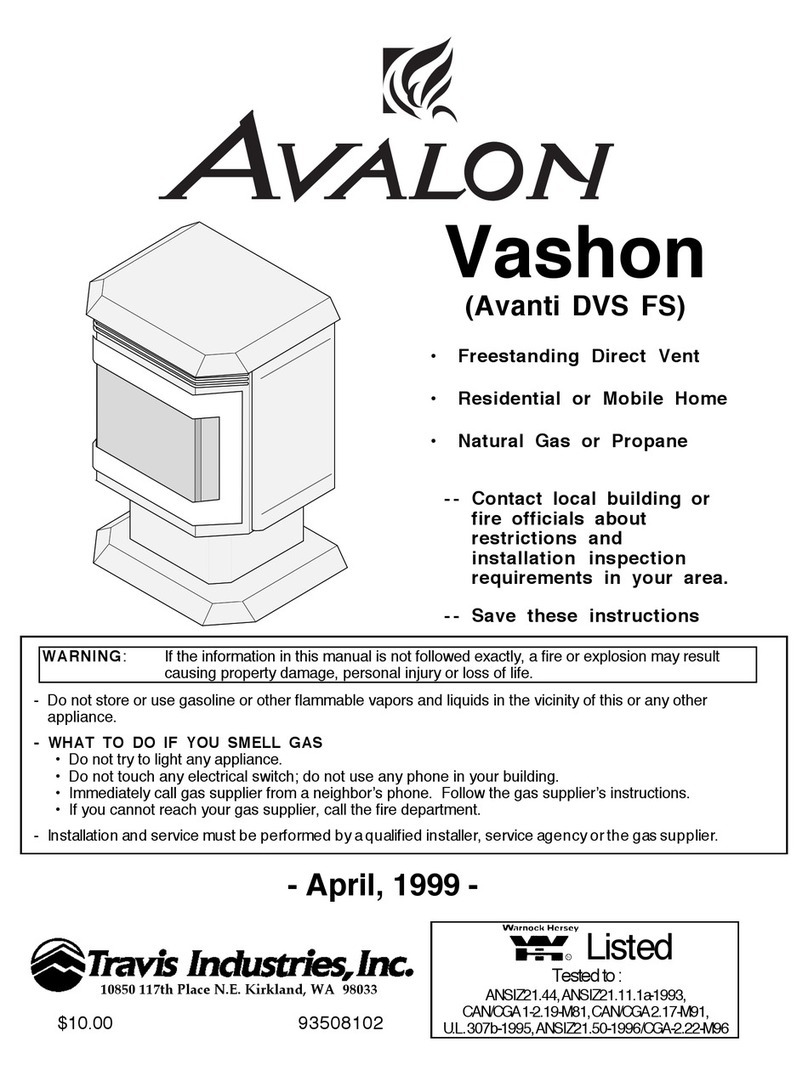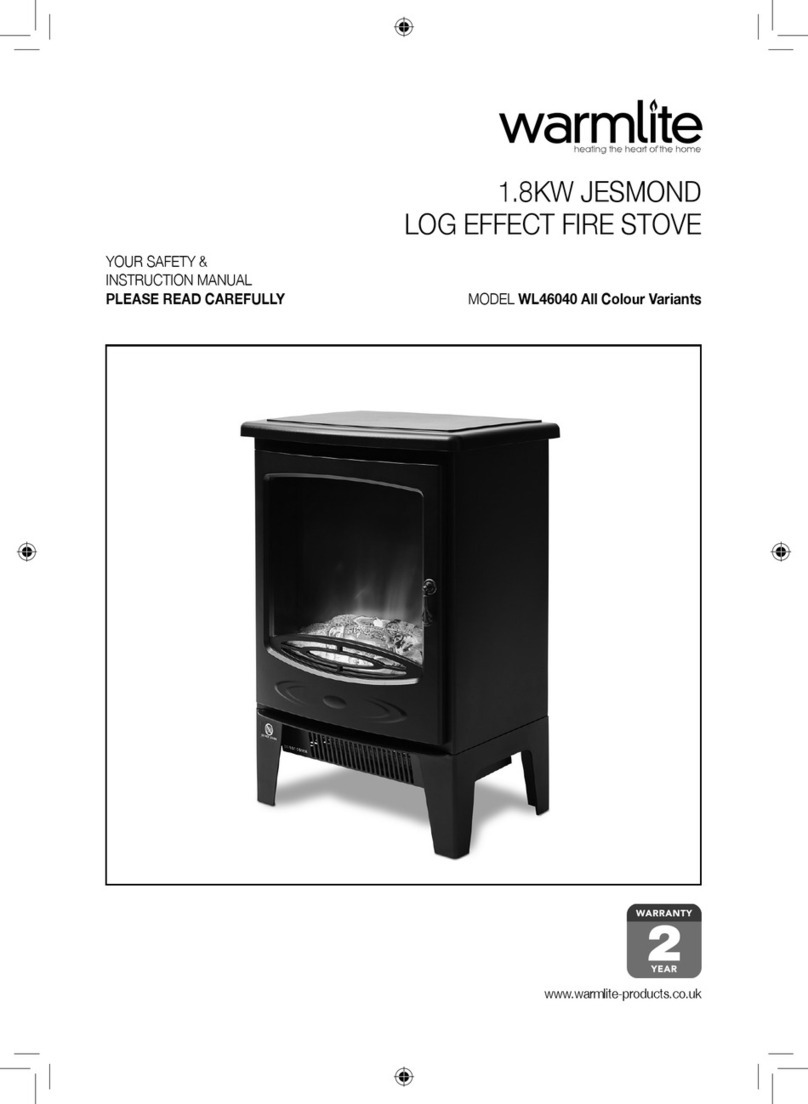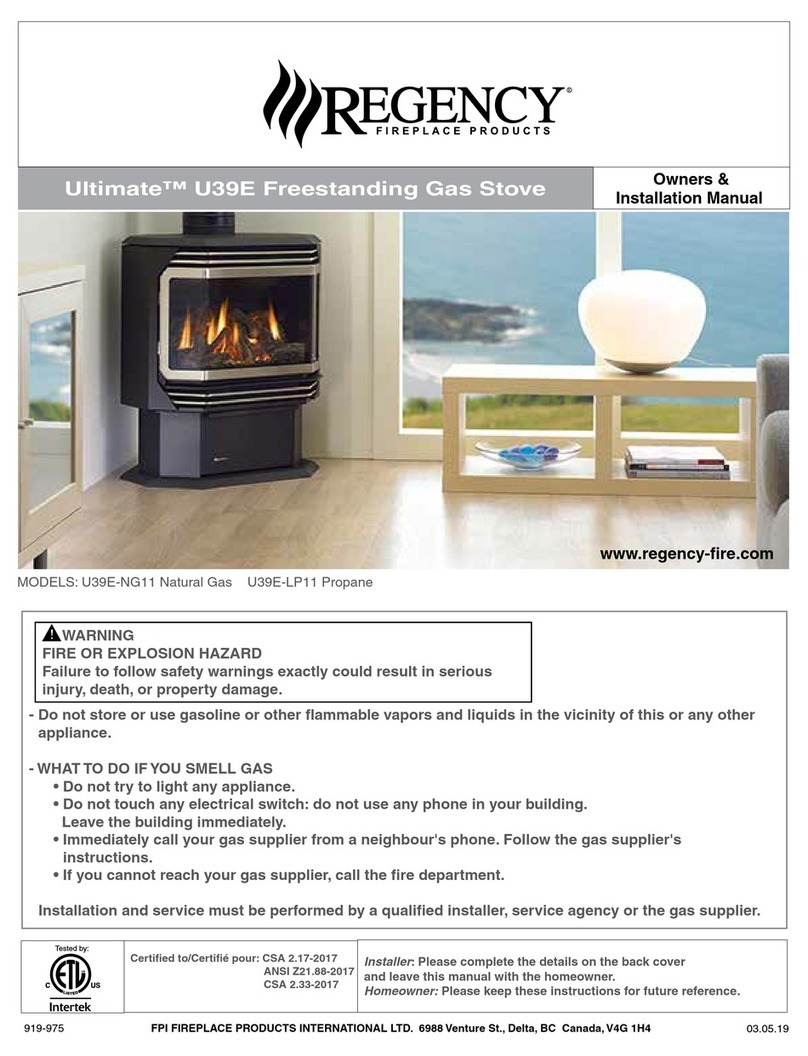CONTENTS
WELCOME .....................................................................................................................................................................................2
SAFETY..........................................................................................................................................................................................2
TECHNICAL INFORMATION COVERING SIGNATURE 5 AND SIGNATURE 5 LANDSCAPE ..............................................................3
SIGNATURE 5 LANDSCAPE ...........................................................................................................................................................4
SIGNATURE 5 ................................................................................................................................................................................5
ASSEMBLY.....................................................................................................................................................................................6
FLUE PIPE ON TOP......................................................................................................................................................................................... 6
FLUE PIPE AT REAR........................................................................................................................................................................................6
HEARTH.........................................................................................................................................................................................7
AIR SUPPLY / VENTILATION / CHIMNEY DRAW.............................................................................................................................9
CHIMNEY LINING............................................................................................................................................................................................9
AIR CONTROL..............................................................................................................................................................................10
FUEL OVERLOADING.................................................................................................................................................................................... 10
SMOKE FREE ZONES...................................................................................................................................................................11
REGULATIONS..............................................................................................................................................................................................11
THE CLEAN AIR ACT 1993 AND SMOKE CONTROL AREAS ...........................................................................................................................11
FUEL............................................................................................................................................................................................12
LIGHTING MY STOVE...................................................................................................................................................................13
ESSENTIAL INSTRUCTIONS BEFORE USE....................................................................................................................................................13
IGNITION...................................................................................................................................................................................................... 13
FIRST USE TROUBLESHOOTING ................................................................................................................................................14
CLEANING AND MAINTENANCE ..................................................................................................................................................15
Baffle Plate Removal ................................................................................................................................................................................... 15
Replacing the Fire Rope...............................................................................................................................................................................15
Changing glass.............................................................................................................................................................................................15
GUARANTEE................................................................................................................................................................................16
BROKEN FIRE BRICKS.................................................................................................................................................................17
BROKEN / CRAZED GLASS ..........................................................................................................................................................18
ENERGY EFFICIENCY ...................................................................................................................................................................19
